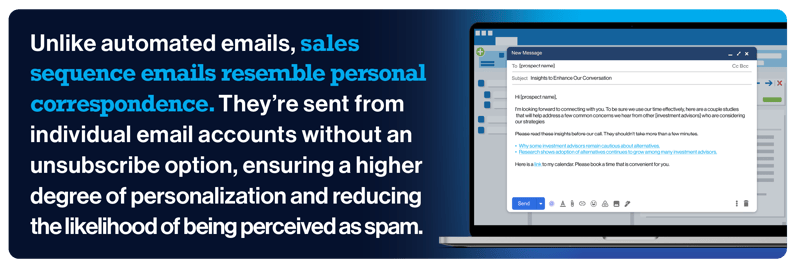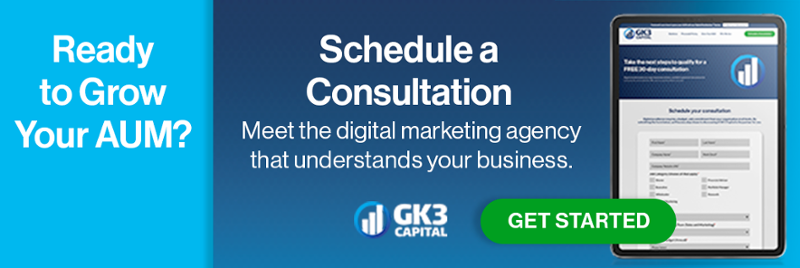Firms using sales enablement strategies and sequences to support their sales professionals' efforts are generally light years ahead of their competition in closing new business. Quite simply, sales enablement includes the process of managing the multiple touchpoints required to close more deals. Sequences are the series of targeted, personalized touchpoints that nurture relationships with prospects.
These processes are critical for success today. Chances are your sales team has difficulty engaging with prospects.

Wouldn’t it be great if you could automate your sales process to ensure these touchpoints happen? Sales enablement and sequencing are about thinking about the sales process in advance, what it looks like, and how you want to go through it, and then automating as many touchpoints as possible while making them personal.
An effective analogy is thinking about autopilot in aviation. Despite the essential need for pilots' expertise during the critical phases of takeoff and landing, autopilot often handles most of the requirements during the full flight.
Similarly, in the realm of sales in financial services, while the initiation and conclusion of deals necessitate sales professionals' personal touch and expertise, the intermediate stages and necessary touchpoints often involve repetitive tasks that can be streamlined through automation. Strategically implementing sales enablement and sales sequences can significantly enhance the efficiency and effectiveness of the sales process.
Understanding Sales Sequences
Sales sequences are automated workflows meticulously designed to optimize sales outreach. These sequences facilitate scheduled communications through various channels, including emails, phone calls, SMS messages, and task reminders. The primary aim is to engage prospects systematically, thereby enriching the sales journey.

The Advantages of Sales Sequences
The personalized nature of sequence emails, especially when sent from accounts integrated with CRM platforms like HubSpot, significantly increases open rates and engagement. Automating certain aspects of sales outreach allows sales professionals to devote more time to strategic activities, enhancing overall productivity and sales outcomes.
Furthermore, sales sequences facilitate timely and effective lead nurturing by leveraging automation and lead scoring to engage prospects at optimal moments. This strategic engagement is designed to elicit responses and actions, advancing the sales process.
The Role of Sales Sequences: Enhancement, Not Replacement
It is crucial to recognize that while sales sequences offer numerous benefits in automating and streamlining sales activities, they are not a substitute for the human element inherent in sales. Automated processes cannot replicate sales professionals' nuanced understanding, adaptability, and relationship-building capabilities.
In complex sales scenarios, establishing rapport, navigating objections, and adapting to unique situations remain the domain of skilled salespeople. These human qualities ensure the development of lasting partnerships and the cultivation of trust and credibility with clients.
Key Insights
In conclusion, integrating sales sequences into the sales strategy represents a significant step towards optimizing the sales journey, akin to utilizing autopilot in aviation. While these automated workflows enhance operational efficiency and engagement, the value of human insight and expertise in sales cannot be overstated. The harmonious combination of automation and personal interaction forms the foundation for achieving sales success and fostering enduring relationships with clients.
Topics: Content Digital Marketing Digital Distribution Asset Management Website Sales Enablement CRM Automation Lead Generation Technology


.png)
